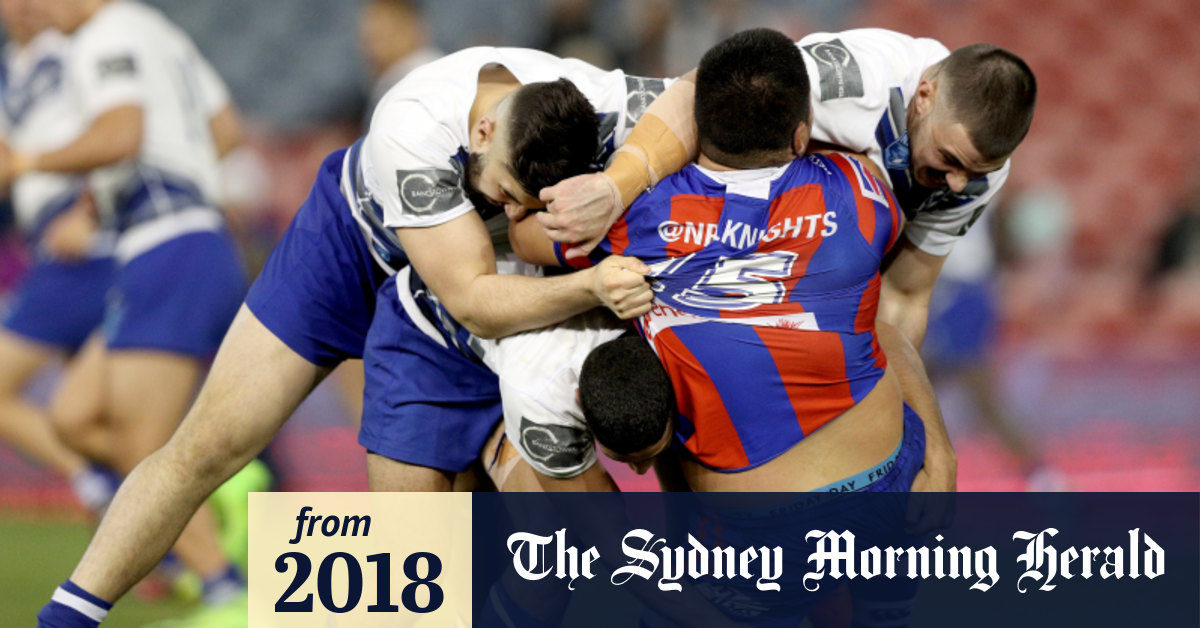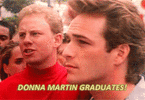Player agents offer most of their clients nothing but false hope
September 9, 2018 — 3.52pm
There are over 5000 players contracted to NRL-accredited player managers, many of them signed while still in school and tied to the agent for six years or more. Many come from homes with limited English language skills.
The total number of player managers with NRL accreditation is 110, serving only 450 players in the NRL system.
When those 450 players retire or are released, they will presumably be replaced by a similar number from the pool of 5000 signed up.
They have been signed with the slim hope they will eventually turn into an income-generating asset for the player-manager.
It might give a youngster’s father some bragging rights down at the local pub when he produces a contract with an NRL logo on it but 4500 kids will get nothing but false hope.
Nor can 110 agents possibly service these players with the advice and representation they need.
Some agents are one-man operations with high-profile clients, meaning they haven’t time to even return text messages to the hopefuls.
Others have a client list so long, they don’t know who they have contracted.
One agent watched a junior representative match in Newcastle and it became quickly evident to anyone with a remote knowledge of the game that he was a future star.
The very prominent agent swaggered up to the kid and said, “You need a manager.”
The kid replied, “You ARE my manager.”
Over the past 15 years, the income of NRL players has increased at a compound rate of approximately 10 per cent, while player managers are putting their hand out for 7 per cent.
A player who signed for $100,000 15 years ago will earn $379,000 in his final year, with the agent collecting commission of $27,000.
However, the agent’s total collect over the period is $216,000, yet he has done nothing to achieve this growth.
They charge even more for third party agreements, as much as 20 per cent, yet expect the NRL to flout rules and secure the sponsorship.
Some do property deals with developers, where their clients pay market price or more and the agent acquires a penthouse at a discounted rate.
No wonder NRL deputy chief executive Nick Weeks gently told them they were on the nose at recent meetings in Sydney and Brisbane.
Player managers will become more accountable at the end of the season when the NRL and RLPA jointly take control of the accreditation process.
At present, the NRL has only one vote from seven on the accreditation committee which sanctions their activities.
Player managers have two, sometimes three, representatives.
So, when it came to sanctioning up to 11 agents who were involved in $4 million worth of rorts at Parramatta, only one was issued with a show cause notice.
The breaches took place in 2015 and five Eels officials lost their jobs the following year, yet it wasn’t until late July that the accreditation committee finally took any action.
NRL lawyers had sifted through the mountains of emails to build up what they believed to be nuclear-proof cases against some of the agents involved in the Parramatta rorting.
They then indemnified the committee against legal action taken, either as a group, or separately.
Yet the committee chose to issue a breach notice against only one agent, giving him five days to respond.
That was six weeks ago.
The agent, who can be described as a mid-tier one, will only have his name revealed if the committee eventually decide he is guilty.
Even then, if he is given a six-month ban, he can hand his business over to a colleague and still collect his commission.
So, despite two NRL-hired lawyers building strong cases and indemnifying the accreditation committee, it’s possible no-one will be punished.
Compare this with another form of cheating – drug use.
The NRL has one of the toughest doping codes in world professional sport, a two-strike policy that results in a player being named and shamed after his second offence.
The player is put in the stocks in the village square, so to speak, like an 18th century villain and pelted with rotten apples. Yet when it comes to salary-cap cheating, the man who manipulates it, is anonymous.
NRL boss Todd Greenberg recently told a press conference, convened after the story broke of Cronulla self-reporting a salary cap breach: “If you cheat on the cap, you will be caught.”
But will you be punished?
Greenberg was quick to point out Cronulla self-reported their breach. Yet dobbing yourself in is a convenient way of mitigating a punishment.
Again, this bears comparison with drug cheating.
In the early days of the AFL’s anti-doping policy, it allowed players who were about to be drug tested to volunteer that they may have recently ingested something questionable and escape penalty.
Collingwood are believed to have taken greatest advantage of this get-out-of-jail card. Perhaps this early culture explains why the club has recorded more positives than any other club in recent times, with three sanctions for performance-enhancing drugs.
Similarly, it will take years to eradicate the unethical behaviour of the NRL’s player managers, particularly when they have 5000 players – the future of the game – locked away.
More than 5000 footballers are contracted to NRL-accredited player managers, but only one in 10 of them make it to the NRL.

www.smh.com.au



